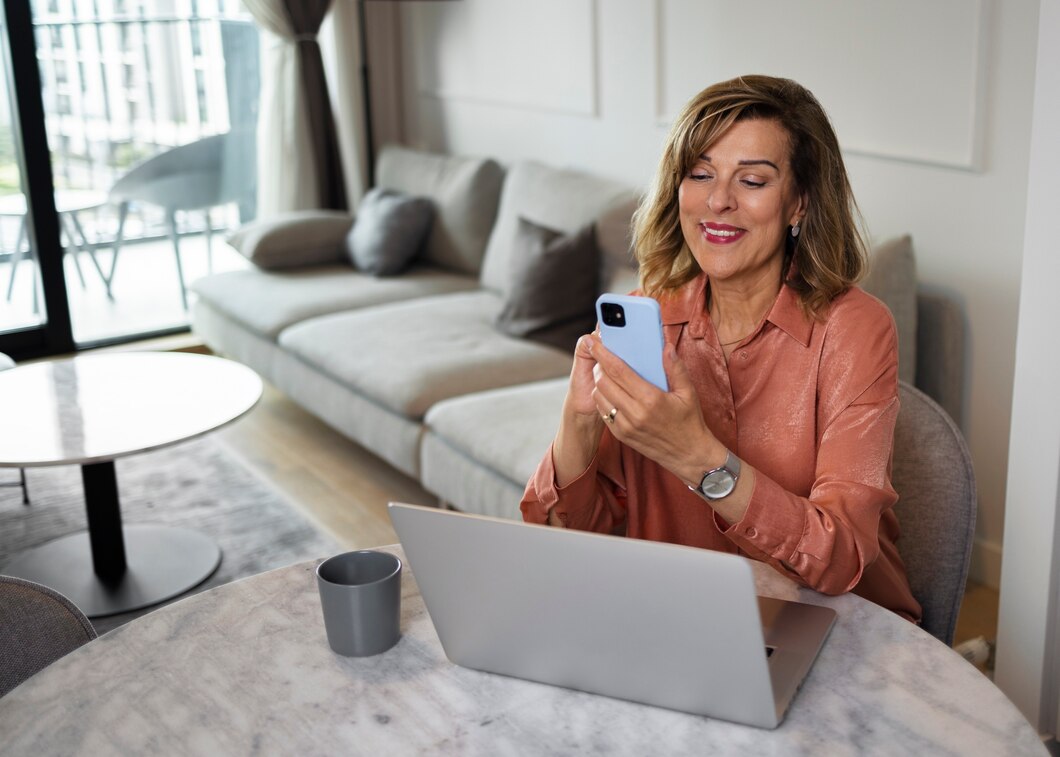Navigating the labyrinthine world of visa applications can be daunting, but one hurdle you can confidently clear on your own terms is your photo. Forget overpriced studio visits and grainy smartphone selfies – taking a professional-grade visa photo from the comfort of your home is entirely achievable. With a few simple tips and readily available tools, you can capture an image that meets all official requirements while showcasing your best self.
Understanding the Requirements for Visa Photography
Understanding the specific requirements for visa photography is a pivotal initial step in ensuring a successful application. Visa authorities globally have stringent guidelines designed to standardize the submitted photos, making them easily verifiable and compliant with security standards.
When considering the size and composition of the photo, it’s crucial to adhere to the specified dimensions precisely. Visa applications typically demand passport-sized photos, with guidelines often indicating the exact measurements in millimeters or inches. The composition should prioritize your face as the focal point, centered within the frame and occupying a specified percentage of the total space.
Equally significant is the background color and quality. Authorities commonly mandate a plain background, often in white or light colors, providing a clean and easily distinguishable backdrop. Textured or patterned backgrounds are discouraged, as they can compromise the clarity of the image and fail to meet immigration criteria.
Facial expression and gaze play a pivotal role in meeting visa photo requirements. A neutral facial expression is generally preferred, avoiding smiles or exaggerated expressions. Gazing straight ahead with open eyes ensures a clear and recognizable representation. Some guidelines may accept eyeglasses, provided there is no glare and the eyes remain fully visible.
Clothing and accessories are not to be overlooked. Wearing standard attire that doesn’t obstruct the neck or face is advised. Busy patterns and excessively bright colors should be avoided. Additionally, the removal of accessories such as hats, scarves, and sunglasses is essential, as these items can cast shadows on the face and hinder facial recognition.
Setting Up a Place to Take the Photo
Creating an optimal environment for taking a professional visa photo at home involves thoughtful consideration of the setting and lighting. Here’s a more detailed exploration of how to set up the ideal place, along with a table summarizing key points:
Creating the Right Setting:
- Lighting: Achieving well-lit conditions is crucial for a high-quality visa photo. Whenever possible, leverage natural light by positioning yourself facing a window. This ensures even and flattering illumination, minimizing shadows and providing a clear view of your face.
- Background: Select a plain and neutral background, ideally a white or light-colored wall. A clutter-free backdrop helps maintain focus on your face, meeting the standard requirements set by immigration authorities. Remove any potential distractions from the background to ensure a clean and professional look.
- Space: Dedicate enough space to allow for proper framing and composition. Ensure that there’s ample room between you and the background to avoid casting shadows. The goal is to capture a head-and-shoulders shot without any unnecessary elements in the frame.
- Camera Setup: Utilize a good-quality digital camera or the rear-facing camera on your smartphone for high-resolution images. Set the camera to its highest quality settings to capture detailed and clear photographs. If using a smartphone, ensure that the lens is clean to prevent any blurriness or distortions.
- Assistance: If possible, enlist the help of a friend or family member to take the photo for you. Having an extra set of hands ensures that you can focus on maintaining the correct pose and expression while someone else manages the technical aspects of capturing the image.
| Aspect | Consideration | Additional Tips and Notes |
| Lighting | Utilize natural light from a window for even illumination. Consider artificial lighting if natural light is insufficient. | Ensure that the light source is not creating harsh shadows on your face. |
| Background | Choose a plain and neutral background, such as a white or light-colored wall. Remove any distractions from the background. | Iron any wrinkles in the backdrop to maintain a smooth and professional appearance. |
| Space | Dedicate enough space for proper framing, allowing a head-and-shoulders shot without any unnecessary elements in the frame. | Position yourself at an appropriate distance from the background to prevent shadows. |
| Camera Setup | Use a high-quality digital camera or the rear-facing camera on your smartphone. Set the camera to its highest quality settings. Ensure a clean lens. | Check the camera settings for white balance and focus to ensure a clear and well-exposed photo. |
| Assistance | If possible, enlist the help of a friend or family member to take the photo, allowing you to focus on maintaining the correct pose and expression. | Communicate your specific requirements to the person assisting to ensure a smooth and efficient process. |
Preparing for the Photo Shoot
Preparing for a visa photo shoot involves careful consideration of various factors to ensure you capture a professional and compliant image. Here’s a more detailed exploration of how to prepare for the photo shoot:
- Clothing Selection: Choose simple, solid-colored clothing that contrasts with the background. Avoid patterns, bright colors, and clothing that may blend into the background. The goal is to create a clear and distinct separation between your face and the surroundings.
- Grooming: Take the time to groom yourself before the photo shoot. Ensure your hair is neatly styled, and if applicable, facial hair is well-groomed. This attention to detail contributes to a polished and professional appearance in your visa photo.
- Avoiding Glare and Reflections: Remove any accessories, such as eyeglasses, that may cause glare or reflections. If you wear glasses daily and they are required, ensure that they do not obstruct your eyes and that there is minimal glare. Adjust the angle of your head slightly if necessary.
- Neutral Expression Practice: Practice maintaining a neutral facial expression in front of a mirror. Avoid smiling, frowning, or any exaggerated expressions. A neutral expression ensures that your visa photo is consistent with identification standards and facilitates easy recognition.
- Reviewing Guidelines: Before the photo shoot, review the specific requirements outlined by the relevant embassy or consulate. Double-check the accepted dimensions, background color, and any other specific details. Familiarizing yourself with these guidelines helps you align your preparation with the expectations of the immigration authorities.
- Technical Equipment Check: If you are using a digital camera, smartphone, or any other equipment, ensure that it is in good working condition. Check the battery levels, storage capacity, and camera settings to avoid any disruptions during the photo shoot. A well-prepared technical setup contributes to the quality of the final image.
- Selecting the Right Location and Time: Choose a time for the photo shoot when you are alert and well-rested. Select a location where you can control the lighting and background effectively. Ensure that the chosen space remains quiet and free from distractions during the photo session.
- Posing Practice: Practice the desired pose before the actual photo shoot. Stand or sit up straight, ensuring that your face is centered in the frame. Experiment with different angles to find the most flattering and compliant pose. This practice enhances your comfort in front of the camera and contributes to a successful photo session.
By paying attention to these detailed preparations, you increase the likelihood of capturing a visa photo that not only meets the necessary requirements but also presents you in the best possible light. The combination of proper grooming, attire selection, and familiarity with guidelines ensures a smooth and successful photo shoot process.
Posing for the Perfect Shot
Posing for the perfect visa photo involves careful consideration of your facial expression, body posture, and overall framing within the photograph. Here’s a more detailed exploration of how to achieve the ideal pose:
- Facial Expression: Maintain a neutral facial expression. Avoid smiling, frowning, or any exaggerated expressions. A neutral expression is essential for standardizing identification photos and ensuring consistency across applications. Relax your facial muscles and keep your mouth closed for a clean and composed look.
- Eyes and Gaze: Direct your gaze straight ahead, looking directly into the camera lens. Ensure that your eyes are fully open and visible. It’s crucial to present a clear view of your eyes, as they play a significant role in facial recognition. Remove any accessories, such as sunglasses, that may obstruct the view of your eyes.
- Head Position: Position your head so that it is straight and not tilted. Avoid leaning forward or backward, as this can distort facial features and affect the overall composition of the photo. Center your face within the frame, maintaining equal spacing on either side for a balanced look.
- Shoulder Position: Keep your shoulders squared and avoid any slouching. A straight and upright posture contributes to a professional appearance. Ensure that your shoulders are parallel to the camera for a symmetrical and well-aligned pose.
- Hand Placement: Typically, visa photos require a clear view of your face without any obstructions. Keep your hands by your sides or place them on your lap in a relaxed manner. Avoid any gestures or hand positions that may distract from your face.
- Clothing Adjustment: Before taking the photo, double-check that your clothing is neat and does not obstruct your face. Adjust collars, ties, or scarves to ensure they do not cover any part of your neck or face. The goal is to present a clear and unobstructed view of your facial features.
- Experiment with Angles: While adhering to the guidelines, don’t be afraid to experiment with slight head angles or poses to find the most flattering option. However, be cautious not to deviate too much from the neutral and standard pose required for identification purposes.
- Take Multiple Shots: Capture multiple shots during the photo session to increase the chances of getting the perfect shot. Review the images on a larger screen to assess which pose aligns best with the specified requirements and guidelines.
- Relax and Breathe: It’s natural to feel a bit tense during a photo shoot. Take a moment to relax, breathe deeply, and compose yourself before each shot. A relaxed and natural demeanor contributes to a more authentic and appealing photo.




